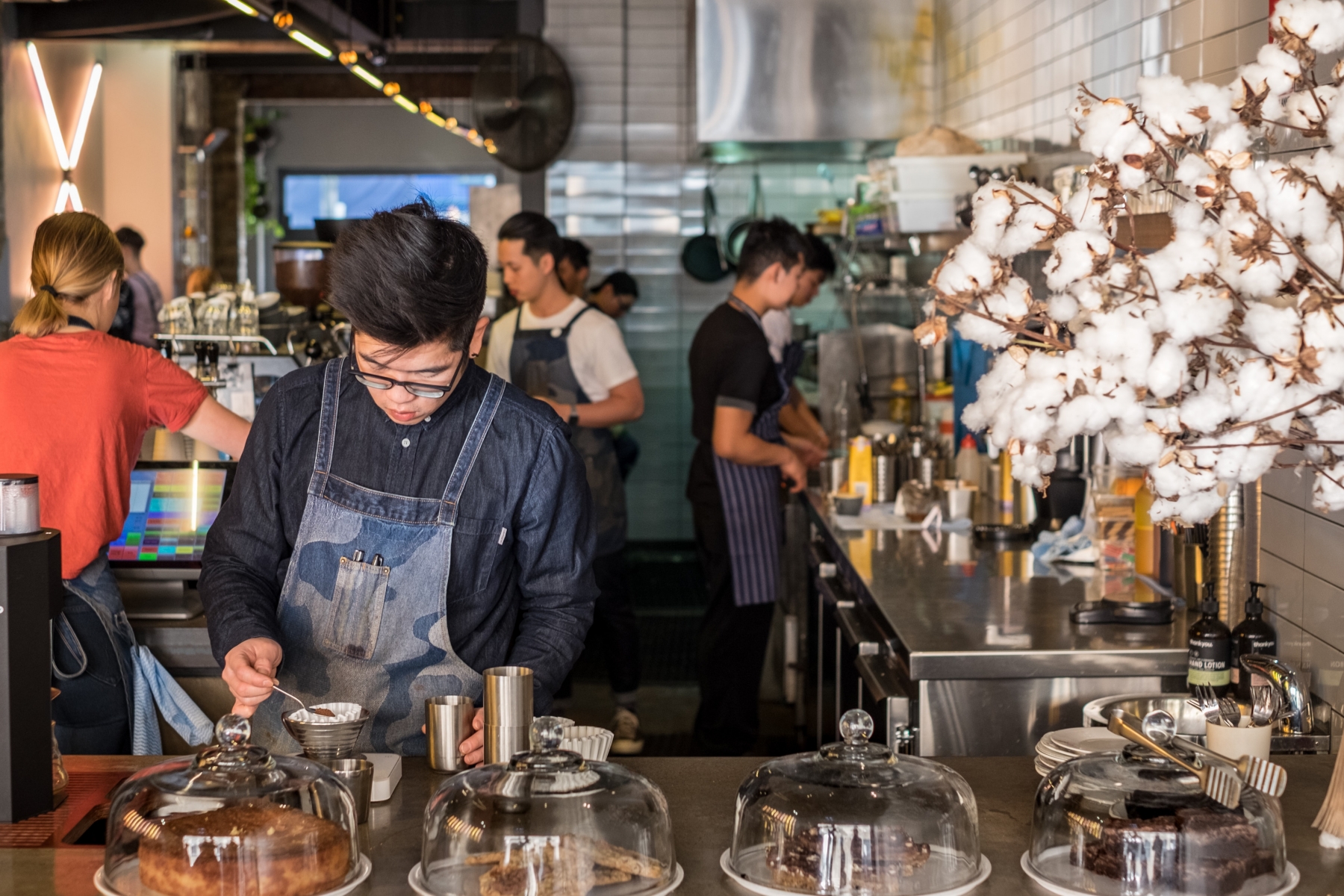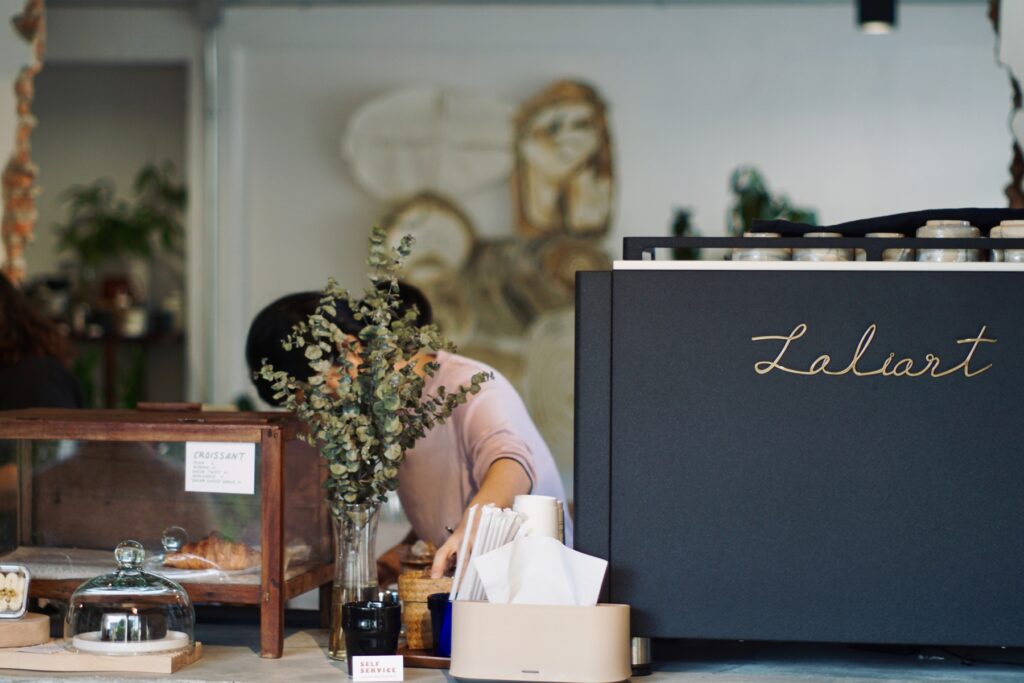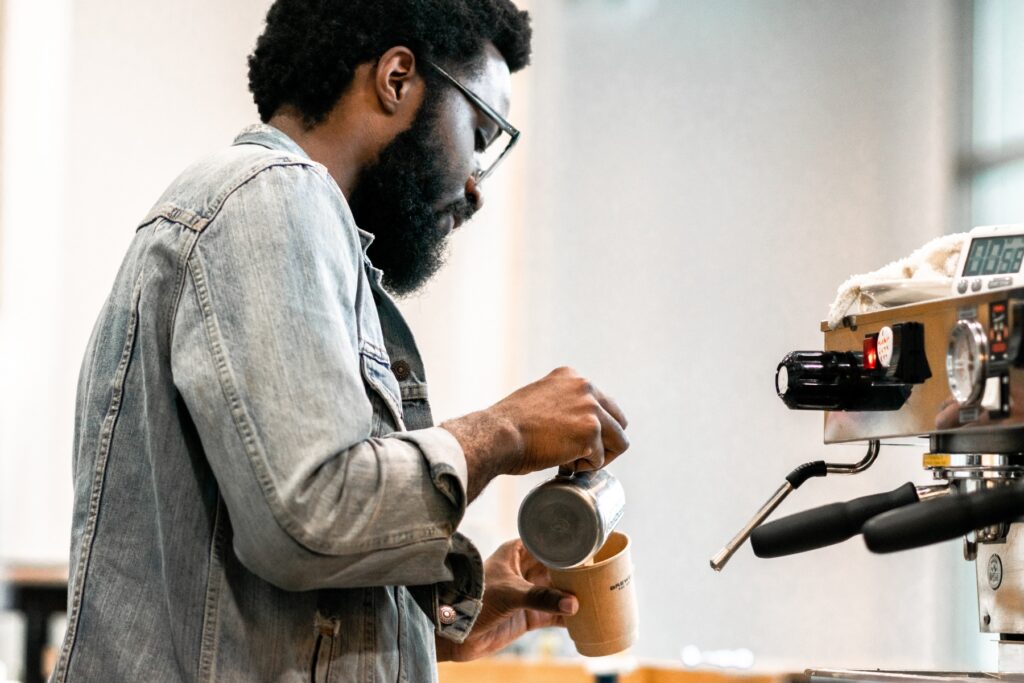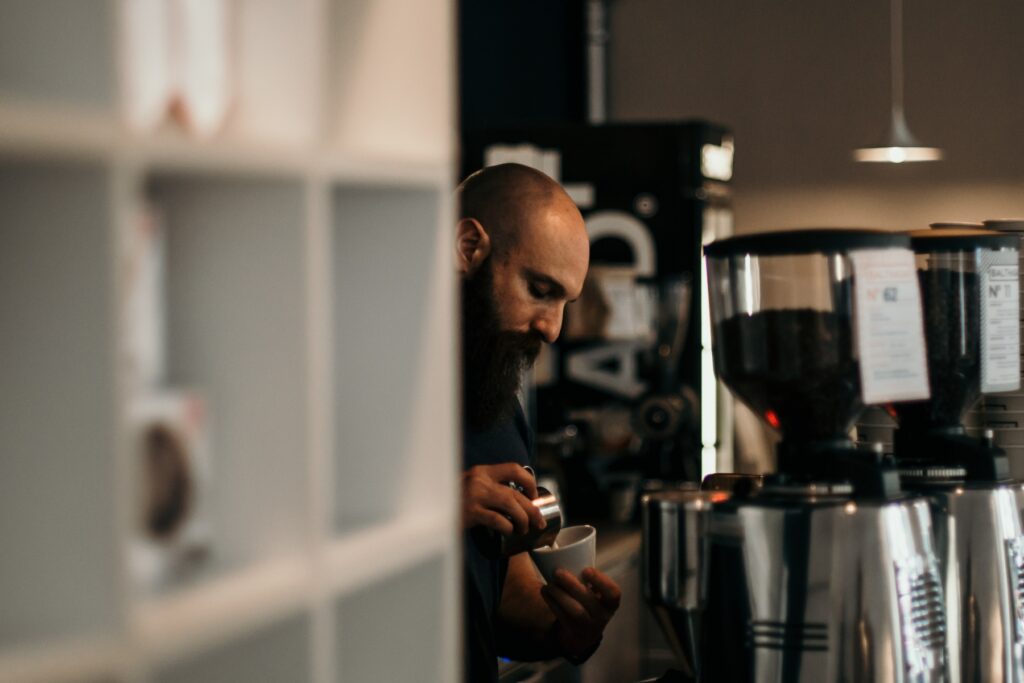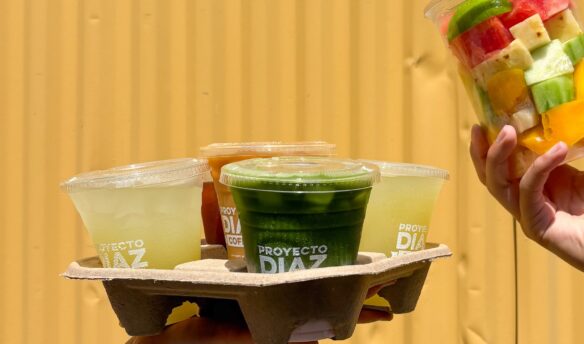In the eight years I worked behind the bar, I worked for five coffee businesses. Of those five, two offered paid time off to baristas. Each company offered three days off, citing that we had flexible schedules to accommodate any other time off we wanted or needed. The idea that I could take time off of work and not lose out on wages was novel—and rare.
Paid time off is time an employee can take away from work and still be paid. Paid time off (PTO) differs from paid sick time, and most companies have separate policies for each. These are separate from parental leave when an employee or employee’s partner takes time away from work because of a child—the amount of parental leave also varies by company. In research, the three often get lumped together as “paid leave” or “unpaid leave,” but each type of leave has different restrictions.
Regardless of the differences, many hourly workers do not receive any optional paid time off, which can harm worker wellbeing, impact productivity, and negatively affect later life outcomes. Perhaps it’s time to question why.
The Current State of Paid Time Off in the US
For this article, we’ll concentrate on PTO in the United States since policies can range significantly from country to country. Unfortunately, the state of PTO in the country is bleak: the US is one of just a handful of countries in the world that has no federally-mandated paid time off policies: the others are Monrovia, Sri Lanka, and North Korea. All PTO policies are determined and under the discretion of individual employers.
According to the US Bureau of Labor Statistics (BLS), “only 66 percent of wage and salary workers had access to paid leave” as of 2018. 78% of workers had access to unpaid leave, meaning they could take a limited amount of time off of work without being fired, but they won’t be paid during that time. Due to COVID leave policies, these percentages have fluctuated in recent years but are resettling to their pre-COVID norms.
Paid time off is not distributed evenly across workers, and higher-paid employees generally have access to more paid time off. According to the BLS, if you look at the top 25% of earners, 86% of people within that group had access to paid leave; in the lowest 25%, only 57% did. This is a big problem because lower-wage workers are less likely to be able to afford to take unpaid time off.
The same report saw that 15% of workers did not take the time away from work they needed because they couldn’t afford the drop in income. The BLS went further and polled workers who wanted to—but couldn’t—take days off, asking them why they needed time away from work. Over half of the respondents reported that they needed to take care of their health or the health of a family member.
In the US, lower socioeconomic status is correlated with worse health outcomes. The high stress of low wages can cause health problems that would benefit from rest, but our current prohibits the people who need time off the most from comfortably stepping away. This is where coffee shops come in.
How Could Paid Leave Help Hourly Coffee Workers?
Many hourly coffee worker positions are notoriously painful: baristas, dishwashers, bakers, production assistants, and more all have to stand for long hours and engage in repetitive motions. Standing for extended periods (defined in this study as two hours or longer) can lead to dangerous health problems, including back pain, leg pain, cardiovascular issues, low birth weights, and miscarriages –and people are at risk long after the job is over. Hundreds of repetitive stress injuries can impact workers’ bodies long after leaving a manual labor job.
Shift work disorder is a sleep disorder caused by keeping working hours that occur during typical sleeping times, or “any shift that falls outside the hours of 6 am and 7 pm.” Many coffee jobs take place outside this window, and coffee workers also suffer from changing shift times (for example, a barista might open one day, then close the next, causing them to adjust their sleeping patterns often). Shift work disorder causes insomnia and unrestful sleep; the average person with shift work disorder loses 1-4 hours of sleep a night. Lack of sleep leads to myriad health problems and lower productivity at work.
However, vacation time is known to improve cardiovascular health and reduce stress, and it’s also known to reset sleep patterns and help people catch up on sleep debt. Paid time off allows employees to recover from daily stress and prevents burnout, which is incredibly high among hospitality workers. In fact, during the Great Resignation, 6% of all hospitality workers quit their jobs, as opposed to just 2.9% averaging across all industries. The pressures of hourly coffee jobs, considered ‘frontline work’ during the pandemic, have grown as workers navigated inflation and mask mandates without paid time off to recuperate. Hundreds of thousands left jobs as a result.
Businesses are suffering because of this. 10% of hospitality jobs remain unfilled, meaning productivity is down, shifts are being cut, and current workers are under stress to make up for missing team members. It’s time for coffee businesses to consider better benefits to retain employees.
Benefits In Practice
Paige Brown, a barista at La Colombe in Los Angeles, spoke about the benefits of the company’s paid time off policies for hourly workers: “I have used [PTO] to visit family… in places like LA and New York, a lot of baristas are not from that area, so it’s nice that they can go home” without risking financial insecurity.
Baristas without paid time off often have to make considerable sacrifices to see family, particularly if they have to travel. The PTO policy at La Colombe is determined and accrued based on hours worked, and Brown describes how it feels at jobs where baristas don’t have PTO: “You think about it, dream about it, cry about it, but you can’t have it.” Most baristas already make wages putting them right at the poverty line; missing a day of work means losing money, which can be an unacceptable trade-off.
“I love my job but need recovery time. Being a barista is exhausting,” Brown says. “Maybe we don’t have 50-hour weeks most of the time, but it’s a physically and emotionally demanding job. It’s been helpful to take [a day] for me when I need it.”
Loving a job shouldn’t require suffering or giving up everything else. Paid time off can empower baristas to continue a job they love without sacrificing relationships and mental wellbeing.
The PTO Bottom Line
Business owners tend to worry about how paid time off impacts the business’s bottom line. But numerous studies show that paid leave benefits both businesses and workers.
California’s statewide Paid Family Leave policy mandates that workers get paid time off to help a sick family member or to bond with a new child. Employees can take up to eight weeks off and earn between 60-70% of their wages.
Before the law was enacted in 2002, employers “vigorously opposed the legislation” because they worried about bankruptcy or seeing productivity dip (or both). But in 2014, President Obama’s Council of Economic Advisors surveyed 253 employers in California and found that “the vast majority – over ninety percent – reported either positive or no noticeable effect on profitability, turnover, and morale” due to the leave.
Additionally, companies that offer health insurance but not paid leave might be shooting themselves in the foot. When employees take paid leave, their healthcare costs go down. This is probably because paid leave is directly related to higher socioeconomic status and more time to decompress from the day-to-day stresses of work, which helps workers avoid health problems in the first place. Employers can save on healthcare costs by encouraging employees to take time off.
Extended time off makes people better workers. PTO boosts brain power, reduces stress, and increases job satisfaction. Employers with paid leave policies see higher retention rates and more productive employees. Currently, depressed wages and an absence of paid leave policies contribute to instability and high turnover throughout the coffee industry. Hospitality workers cannot afford to take unpaid leave: 43% already live below the poverty line. Losing a week of wages can risk everything.
Cover photo by Daniel Norris



